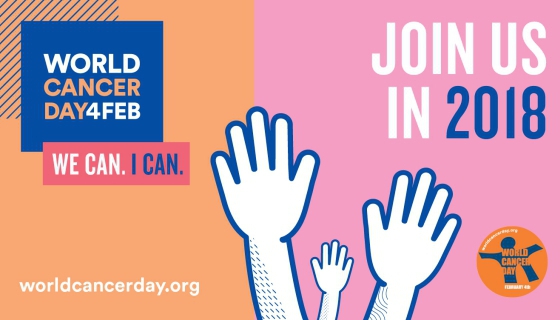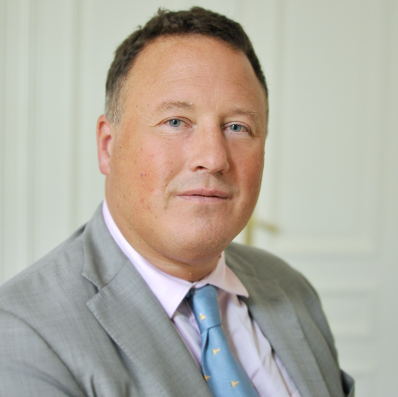A major international study published in The Lancet on 30 January shows that cancer survival rates are rising across the world. The picture major varies markedly between countries, though, with richer countries tending to have much higher 5-year survival rates than poor ones. Greater access to new and innovative drugs may only be a small part of the reason for this difference.
The overall quality of the healthcare system, from screening and diagnosis through to care after treatment seems to be key. As activists and patients mark World Cancer Day 2018 on 4 February, this is a reminder that beating cancer takes many players and many strategies.
The study in The Lancet was led by the Cancer Survival Group at the London School of Hygiene & Tropical Medicine and based on data for 2010-2014 gathered by the CONCORD-3 project. It involves 600 researchers in 70 different countries looking at 5-year survival rates for 18 of the most common cancers. It is the latest in a series of studies by the CONCORD group, with the aim of collecting and analysing comparable data on cancer survival from around the world. The group points out that improved cancer survival will be needed to achieve WHO’s target of a 25% reduction in deaths from cancer and other non-communicable diseases in people aged 30–69 years by 2025 (“25 × 25”). Cancer prevention initiatives take a long time to produce results, so prevention on its own will not meet the “25 x 25” target.
The differences between countries are striking. For women diagnosed during 2010–2014, 5-year survival for breast cancer is now 89,5% in Australia and 90,2% in the USA, but only 66,1% in India. Rich countries like the US and much of Europe achieve 90% or higher 5-year survival rates for the most common childhood cancer, lymphoblastic leukaemia. In middle income countries such as China, Mexico and Brazil the 5-year survival rate for children with this cancer is less than 60%. Speaking about this difference in an interview with US National Public Radio, Prof Michel P Coleman, Co-Principal Investigator of the study explained: “It isn’t simply a question of buying more drugs but a broader upgrading of the health service” for children undergoing treatment. The drugs used in chemotherapy for leukaemia “are quite aggressive and repress the immune system so a child’s ability to defend against infections can be drastically reduced”.
The case of Costa Rica seems to bear out the importance of the health system for survival rates. This upper-middle income Central American country, which has a good health system, achieves 85% or higher 5-year survival rates for many cancers, putting it alongside much richer countries such as the US, Canada, Japan and the countries of Western Europe in global rankings. Moreover, when we look at differences within Europe there is not always a direct relationship between wealth and survival rates. The UK (60%), for example, ranks behind Slovenia (62%) and not far ahead of Estonia (58%) on 5-year survival rates for bowl cancer.

World Cancer Day 2018 once again make use of the tagline “I can. We can”. This highlights how everyone – as a collective or as individuals – can do their part to reduce the global burden of cancer. Much of this revolves around making healthy lifestyle choices (e.g. not smoking, eating a healthy diet), participating in cancer screening and supporting people who live with cancer. Individual and collective advocacy for investment in cancer control is also, though, a key part of a World Cancer Day. When we do this, we should remember that money to improve health systems and services for cancer patients may save as many lives as developing new drugs. We need to do both.
